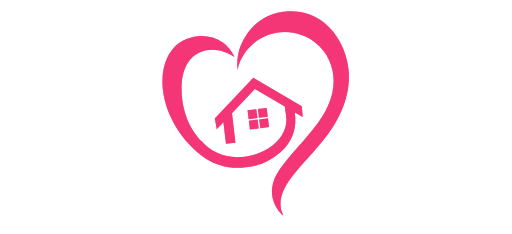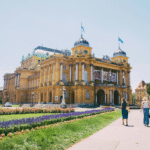Understanding rhinoplasty recovery time is crucial for anyone considering nose surgery. Proper preparation and following the right recovery steps can significantly impact your healing process and final results. The nose surgery recovery time varies from person to person, but knowing what to expect and how to optimize your healing can make your journey smoother and more comfortable.
Understanding Your Rhinoplasty Recovery Timeline
Rhinoplasty recovery time typically follows a predictable pattern, though individual experiences may vary. The first week is the most intensive, with swelling, bruising, and discomfort being most prominent. Most patients can return to work after 7-10 days, though you’ll still have visible swelling and possibly some bruising around the eyes.
The nose surgery recovery time extends well beyond the initial weeks. While major swelling subsides within the first month, subtle swelling can persist for up to a year. Most patients see 80% of their final results within 2-3 months, with the remaining refinement occurring gradually over the following months.
During the first 24-48 hours, expect significant swelling and possibly some bleeding after rhinoplasty. A splint or cast will protect your nose during this critical period. By the end of the first week, the splint is typically removed, revealing your new nose shape, though it will still be swollen.
Essential Tips for Faster Recovery
Proper preparation can significantly improve your rhinoplasty recovery time. Start by arranging time off work and ensuring you have help at home for the first few days. Stock up on soft foods, as chewing can be uncomfortable initially, and prepare a comfortable recovery area with extra pillows for elevation.
Sleep with your head elevated at a 45-degree angle for the first two weeks. This position helps reduce swelling and promotes better drainage. Use multiple pillows or a wedge pillow to maintain this position comfortably throughout the night.
Cold compresses applied gently around the eyes (not directly on the nose) can help reduce swelling and bruising during the first 48 hours. Use frozen peas wrapped in a soft cloth and apply for 10-15 minutes at a time with breaks in between.
Stay hydrated and eat nutritious foods rich in vitamins C and E, which support healing. Avoid salty foods that can increase swelling, and consider taking arnica supplements (with your surgeon’s approval) to help reduce bruising.
Activities to Avoid During Nose Surgery Recovery Time
Understanding what to avoid is just as important as knowing what to do during nose surgery recovery time. Avoid bending over or lifting heavy objects for at least two weeks, as these activities can increase blood pressure and worsen swelling.
Exercise restrictions are crucial during the initial recovery period. Avoid strenuous activities, including running, weightlifting, or contact sports for 4-6 weeks. Light walking is encouraged as it promotes circulation, but anything that could result in impact to the nose should be avoided.
Protect your nose from sun exposure, as the skin may be more sensitive and prone to discoloration during healing. Wear sunscreen and consider using a hat when outdoors.
Avoid wearing glasses that rest on your nose bridge for 4-6 weeks. Your surgeon may provide special supports or recommend contact lenses during this period.
Managing Discomfort and Expectations
Pain management is typically straightforward during rhinoplasty recovery time. Most patients find that prescribed pain medication is sufficient for the first few days, after which over-the-counter options like acetaminophen work well. Avoid aspirin and ibuprofen initially, as these can increase bleeding risk.
Nasal congestion is normal and expected during nose surgery recovery time. Your surgeon may prescribe saline rinses or nasal sprays to help with comfort. Resist the urge to blow your nose forcefully for the first week, as this can disrupt healing.
Swelling patterns can be unpredictable. Some days you may notice more swelling than others, which is completely normal. Morning swelling is typically worse and improves throughout the day.
When to Contact Your Surgeon
While most recovery progresses smoothly, certain signs warrant immediate contact with your surgeon. Excessive bleeding that doesn’t stop with gentle pressure, signs of infection like fever or increasing pain, or any trauma to the nose require prompt medical attention.
Regular follow-up appointments are essential for monitoring your progress. Your surgeon will assess healing, remove sutures if needed, and address any concerns you may have.
Remember that patience is key during rhinoplasty recovery time. The final results are worth the wait, and following these tips will help ensure the best possible outcome from your nose surgery.



